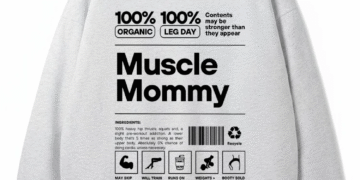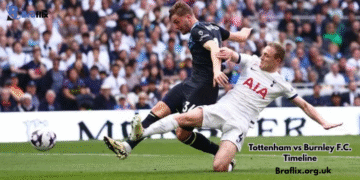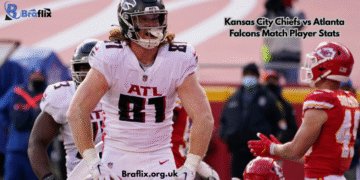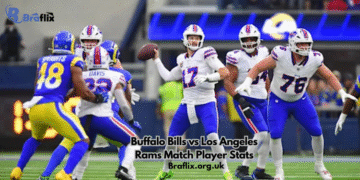Your dog’s eyes are more than just adorable — they’re essential for how your pet experiences the world. Yet, many owners overlook eye care until something goes wrong. From redness and discharge to cataracts and infections, dog eye problems are common but often preventable with the right daily habits. Here’s what veterinarians recommend to keep your dog’s eyes bright, healthy, and free from trouble.
1. Check Your Dog’s Eyes Regularly
A quick daily eye check can make a big difference. Look at your dog’s eyes in natural light — they should be clear, bright, and free of discharge. If you notice redness, cloudiness, excessive tearing, or squinting, it’s a sign that something isn’t right.
Get into the habit of gently parting your dog’s eyelids and checking for:
- Crusty buildup or thick discharge
- Swelling around the lids
- Visible scratches or foreign particles
- Unequal pupils or dullness
Catching changes early helps prevent minor dog eye problems from becoming serious or painful conditions.
2. Clean Around the Eyes Safely
Dogs naturally produce some eye discharge, especially breeds with shorter noses (like Pugs, Shih Tzus, or Bulldogs). However, allowing buildup can lead to irritation and infection.
Here’s the vet-approved way to clean your dog’s eyes safely:
- Use a soft, damp cotton pad or microfiber cloth (avoid tissues or rough fabrics).
- Moisten it with sterile saline or warm water.
- Wipe away from the corner of the eye, never directly on the eyeball.
- Always use a separate pad for each eye to prevent cross-contamination.
Avoid using human eye drops or DIY remedies like tea or saltwater, as they can worsen dog eye problems by upsetting the eye’s natural balance.
3. Trim Hair Around the Eyes
Long hair near your dog’s eyes can trap dirt and irritate the cornea, leading to dog eye problems such as scratches or excessive tearing.
Use round-tipped grooming scissors, or ask your groomer to trim carefully around the eyes so hair doesn’t touch the lashes or lids. For breeds like Maltese, Shih Tzus, and Poodles, regular grooming is essential to prevent corneal irritation and tear staining.
4. Protect the Eyes During Outdoor Activities
If your dog loves sticking their head out the car window or running through tall grass, their eyes are exposed to dust, pollen, or debris — all of which can cause eye irritation or injury.
To protect them:
- Keep car windows only partially open.
- Avoid walks in dusty or windy conditions.
- Consider dog goggles (yes, they exist!) for adventure-loving breeds or dogs that accompany you on hikes or bike rides.
Simple precautions like these can prevent serious dog eye problems such as corneal ulcers or infections.
5. Feed for Eye Health
Nutrition plays a vital role in preventing dog eye problems, especially as dogs age. A balanced diet rich in antioxidants, omega-3 fatty acids, and vitamins A, C, and E helps protect against conditions like cataracts and retinal degeneration.
Look for dog foods or supplements containing:
- Beta-carotene (from carrots and sweet potatoes)
- Lutein and zeaxanthin (from leafy greens)
- Fish oil or flaxseed oil for omega-3s
Always check with your vet before adding supplements — the right nutrients can strengthen the eyes and reduce the risk of age-related eye issues.
6. Recognize the Early Signs of Dog Eye Problems
Dogs can’t tell you when something’s wrong — but their eyes can. Watch for these signs that warrant a trip to the vet:
- Persistent redness or squinting
- Cloudy or bluish eyes
- Thick or colored discharge
- Constant pawing or rubbing at the eyes
- Bumping into objects or avoiding bright light
Conditions like glaucoma, cataracts, or corneal ulcers can progress quickly and lead to vision loss if untreated. When it comes to dog eye problems, early action is always best.
7. Schedule Regular Vet and Eye Exams
Routine vet visits are crucial for preventing and managing dog eye problems.
During an exam, your vet can:
- Measure eye pressure to detect glaucoma
- Check tear production to rule out dry eye (keratoconjunctivitis sicca)
- Examine the lens for early cataracts
- Assess overall eye health and cleanliness
Most dogs benefit from an annual vet visit, but seniors or dogs with a history of eye issues may need more frequent checkups.
8. Manage Allergies and Irritants
Environmental allergies often trigger dog eye problems, causing itchiness, redness, and watery discharge.
To help manage allergies:
- Wipe your dog’s face after outdoor walks to remove pollen and dust.
- Vacuum and wash bedding frequently to reduce allergens.
- Keep smoke, perfume, and cleaning sprays away from your dog’s eyes.
If allergies persist, your vet may prescribe antihistamines or medicated eye drops to keep your dog comfortable and prevent chronic irritation.
Your dog’s eyes are delicate but incredibly resilient when cared for properly. By checking them daily, cleaning gently, feeding nutritious food, and scheduling regular vet visits, you can prevent most dog eye problems before they start.
Remember: if your dog’s eyes ever look unusual or uncomfortable, don’t wait to “see if it clears up.” Prompt veterinary care can make all the difference between a quick fix and lasting vision loss.https://braflix.org.uk






























